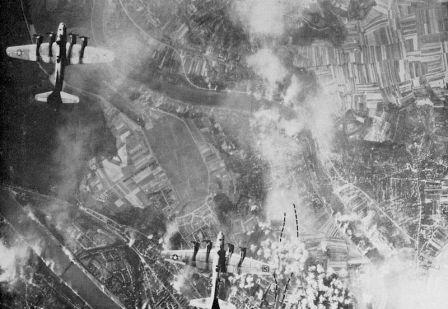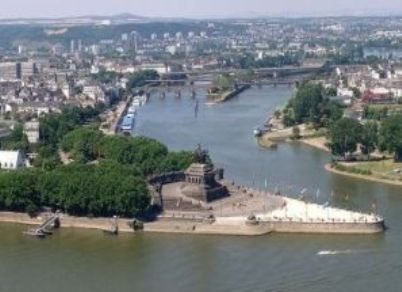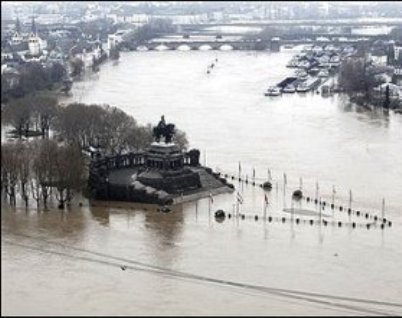Winter Storms and Summer’s Sun
At last British Summer Time has arrived! Let us now hope that we have seen the last of the extreme, stormy weather of the first months of this year. The 1st of Feb of this year was a beautiful sunny day for a bike ride as reported in an earlier Gazette. But this Spring like weather did not last long, with February having the worst winter storms for many years. First it was Storm Dudley, then Storm Eunice – the worst since the Great Storm of 1957 – followed a couple of days later by Storm Franklin.
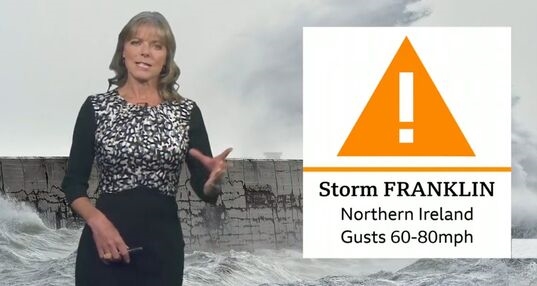
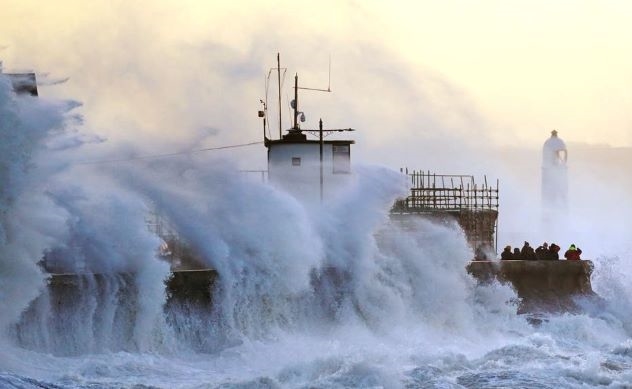
These stormy winter’s days reminded me of the my last Sunday bike ride in December 2013, when we were similarly battered by winter storms. So some memories of times past – and how the winter weather made me think and plan for the following summer’s rides. So if you want some ideas for a foreign tour, or one at home in the UK – read on!
1881 1881 1881 1881 1881
If you have never done a foreign bike tour, one of the best is to take the Eurostar to Belgium and a connecting train to Luxembourg. Here it is a relatively short bike ride to join the River Mosel and follow it into Germany.
This was us as we arrived at the border crossing into Germany at the start of our meander down the Mosel, which you can read about and see some of the scenery here http://anerleybc.org/the-german-tour-stage-1/ ).
But taking up the story on the early afternoon of our fourth day, we had reached Koblenz where we would finish our bike ride down the Mosel. From here we would start the second part of our tour, heading up stream but now following the River Rhine.
Koblenz has a history going back over 3,000 years, and like most ancient places in Europe was once a Roman citadel. It has an early historic association with England, or rather Britannica, through the person of Julius Caesar. In 55 B.C. Caesar successfully defeated some Germanic tribes and occupied the settlement which became modern Koblenz. Having subjugated this area around the Mosel/Rhine he set off and invaded and occupied southern England, or rather Britannica.
As you would expect for a city with such a long history, Koblenz has much to see and lots of interesting places to visit. It is hard to believe that this beautiful old city has been raised to the ground several times in its not too distant past. The last time of course being during the last war when it was heavily bombed by the Allied air forces. This is a photo of a raid on Koblenz by the U.S.A.A.F
The recent floods in the U.K are fortunately rare, but much more common and severe in the Rhine and Mosel valleys. On the day we arrived in Koblenz, it was a hot and sunny. At the confluence, where the Mosel joins the Rhine, it looked like this.
But after a period of heavy rain it often looks like this!
With all this awful weather of the past couple of weeks of 2013, I had already started thinking about next summer, warm sun and cycling down country lanes. But where to in 2014?
The stormy seas that we are now seeing, battering the coast of the west country remind me that there is so much to see, here at home in the U.K.
So in the Summer of 2014 it was a cycle ride, not meandering down country lanes, but the ups and downs of the many hills that are a feature of Cornwall and its rugged coast. Onwards and upwards!
1881 1881 1881 1881 1881
And up and down we did go. It was worse than the Surrey Hills! So looking back now, in 2022, this was our Cornish exploration – that is Tom Vaz and me – and what a great time we had!
We travelled down in Tom’s car and stayed – B&B in Truro – which is now the modern Capital town of Cornwall, a boat ride away from the major port of Falmouth on the south coast. Of course we had to visit the north coast, which was when we discovered how hilly Cornwall is! But well worth the effort.
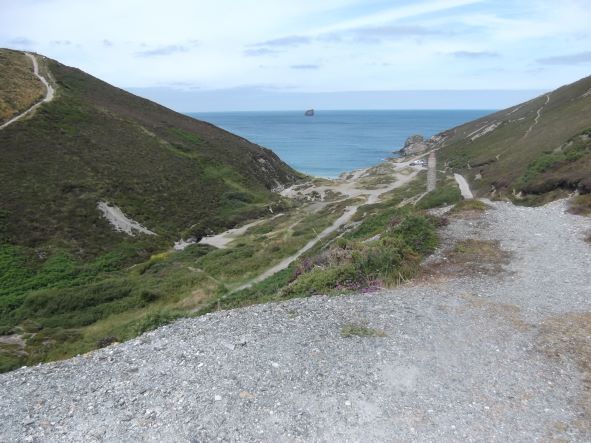
Above, approaching a small rocky cove on the north coast. Great for the new thrill of Gravel Bikes, but our two hybrids were just as capable!
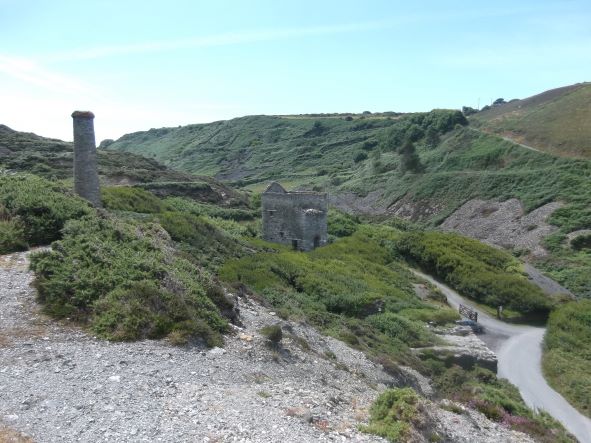
And yet more perfect terrain for Gravel Bikes made much more interesting by the many long abandoned tin mines!

We had a great day out cycling down from Truro on the west side of the River Fal, to about half way to Falmouth, and took the car ferry (free to foot passengers and cyclist!) over to the east side. Then a most interesting ride along country lanes to the beautiful little village of St Mawes.
Steeped in history, it’s most famous building is it’s castle – built by Henry VIII, to protect against the dastardly French (the time of the 100 Years War which was still going on then!) On the other side of the huge Falmouth Harbour is the main castle, also build by King Hal. In the eventuality of a French fleet attempting to sail into the River Fal, the two forts were link by huge chains lying on the estuary bed. These could be winched in to just below water level so that enemy ships would be de-bottomed, if that is the correct term – whilst also being shot to pieces by the many canons of the castles defensive gunners. Hard to believe on a peaceful, sunny day in 2014!
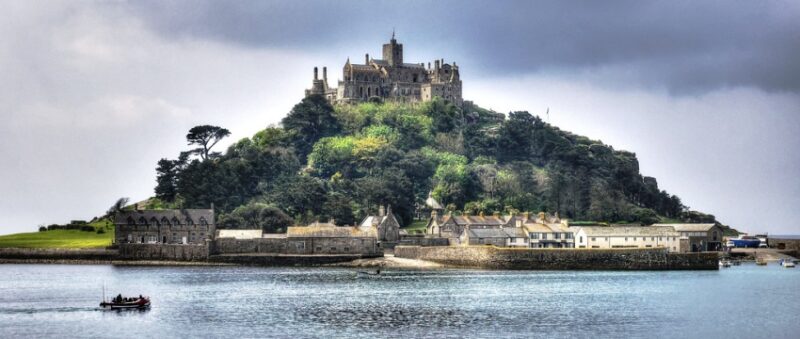
And a visit to Cornwall is not complete without a visit to it’s emerald isle of St Michael’s Mount, which at the time of the lowest tides can be walked to across a cobbled causeway. If I remember correctly, Tom might have walked one way, but not wishing to walk on barnacles, I took the boat both ways. I could go on because there was so much to see and do, that it deserves a full write up – perhaps something for the future?
Des.


